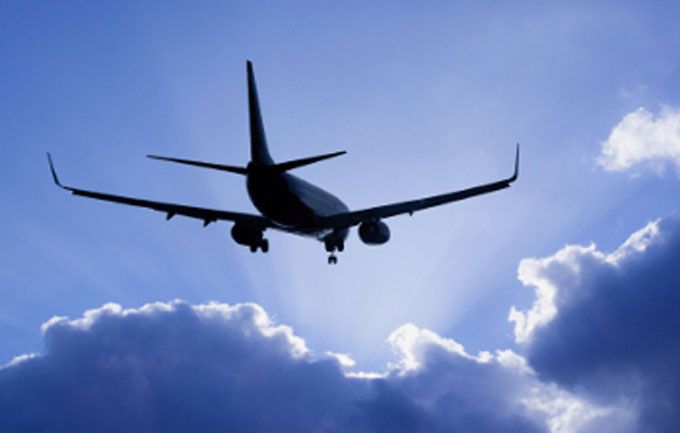Airports in China are increasingly investing in technology to equip new airports and terminals and manage rising passenger numbers.
The SITA 2018 Air Transport IT Insights for China show that as airline passenger numbers in China rose nearly 13% to more than one billion over the past year, airports are increasing their investment in IT from 5.6% of revenues in 2017 to 7.5% in 2018, higher than the global average of 5.69%. Airlines in China are investing too and there is clear alignment on priorities with cybersecurity top of the agenda for both.
An impressive 94% of airlines and airports are planning major cybersecurity programs or R&D over the next three years. During 2018, airlines plan to spend 7% of their IT budget on cybersecurity while airports are forecast to spend 18% of theirs. SITA analyzed nine different areas of cybersecurity, measuring the rate of implementation. Both airlines and airports in China are ahead of their counterparts across the globe with higher rates in all nine areas. This shows the commitment to, and recognition of the importance of, cybersecurity by the air transport industry in China.
May Zhou, Vice President & General Manager, East Asia, SITA, said: “Digitization is top of mind for both airlines and airports in China. Our research shows that 100% of airlines and 95% of airports have digital transformation already in place, under implementation, or planned. With this strategy it is encouraging to see the importance the industry has placed on cybersecurity. It is vital that both go hand in hand.”
Baggage management is another key investment in China. By 2019, 100% of airlines plan to have more than 50% of their route network compliant with the IATA 753 Resolution, where they will be tracking baggage at every point of the journey. Collaboration is needed across the stakeholders to achieve this and China’s airports are playing their part, they are upping their investment in bag tracking. By the end of 2021, 100% of the airports will have two of the four steps tracked, these are the make-up area and loading stages. In addition, 94% of them will have transfer and arrival tracking also in place. This level of investment is far ahead of the rest of the world and bodes well for China’s air transport industry.
Zhou added: “Over the past number of years there has been a focus on investing in disruption management and A-CDM and the industry is now enjoying the benefits of those investments. Today we see that airlines and airports in China have set their sights on improving baggage management. With this commitment, China is set to lead the world on efficiently managing this process, reducing costs and improving the passenger baggage experience.”
SITA’s Air Transport IT Insights are well established as the global benchmark research for the air transport industry. The 2018 survey included responses from mainland China representing 70% of airports and 64% of airlines in China.













